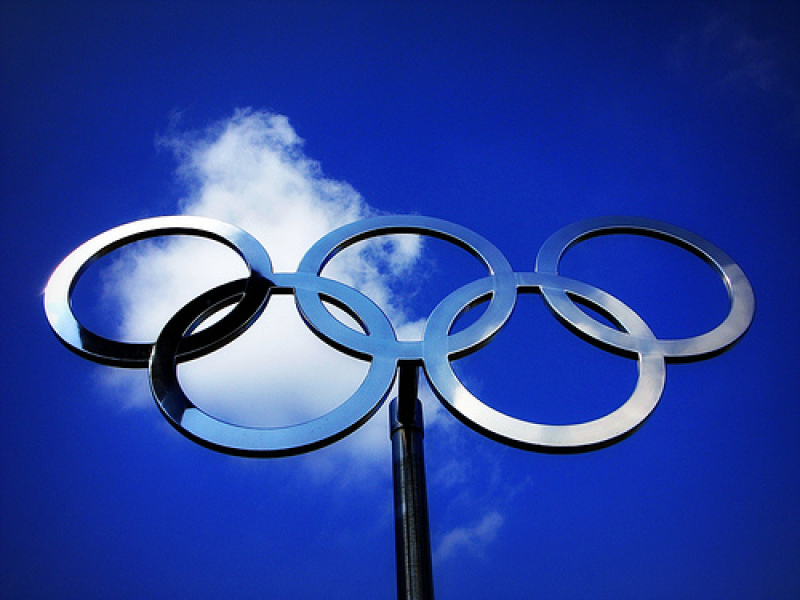
The International Olympic Committee on Tuesday released a six-page document outlining new guidelines for transgender and intersex athletes.
In it, the organization said it would now allow each sports governing body to "determine how an athlete may be at a disproportionate advantage against their peers, taking into consideration the nature of each sport." It also removed policies on requiring competing athletes to undergo procedures or treatments that they deemed "medically unnecessary."
According to Faithwire, the new guidelines for allowing transgender athletes to compete in sports is the first major change since 2015, when the International Olympic Committee first required transgender women to prove their testosterone levels were less than 10 nanomoles per liter for up to a year before competing.
"Athletes should never be pressured by an International Federation, sports organization, or any other party (either by way of the eligibility criteria or otherwise) to undergo medically unnecessary procedures or treatment to meet eligibility criteria," the committee said in a statement that accompanied the newly released guidelines.
Instead, the committee said that athletes should be allowed to compete "in the category that best aligns with their self-determined gender identity" as long as they "meet eligibility criteria that are consistent with principle 4 [on fairness]." Disproportionate competitive advantage may be determined through a series of tests of the athletes performance and physical capacity.
However, the IOC declared that "no athlete should be subject to targeted testing because of, or aimed at determining, their sex, gender identity and/or sex variations."
The IOC argued that that there must be "no presumption of advantage" when determining if a transgender woman is eligible to compete. The IOC also appears to allow individual sports governing bodies to continue with testing testosterone levels for transgender athletes, despite removing this policy from their own guidelines.
The committee added that athletes' medical information, including their testosterone levels that are "collected in the context of anti-doping or otherwise" should be "used only for purposes disclosed to the athletes at the time such information is collected."
The changes to the IOC's guidelines come after New Zealand weightlifter Laurel Hubbard became the first transgender athelete to compete in the summer Olympics this year. The Olympics also saw several nonbinary athletes, including Canadian soccer player Quinn, who called the IOC's new rules "groundbreaking," NBC News reported.
"This new IOC framework is groundbreaking in the way that it reflects what we know to be true - that athletes like me and my peers participate in sports without any inherent advantage, and that our humanity deserves to be respected," Quinn said in a statement, calling nonbinary and transgender "marginalized athletes" in sports.
The new IOC framework is met with a challenge, however. Inside the Games reported that World Athletics responded to the new guidelines by saying that they will not change their current eligibility rules, which were adopted in 2019 and ruled that testosterone athletes' testosterone levels must be capped at five nanomoles per liter for them to compete in women's events from 400 meters to a mile.
World Athletics argued that their eligibility requirements were "based on the same fundamental principles of ensuring fair competition in the female category and on inclusion, rather than exclusion, as the IOC has identified in its framework document."





















